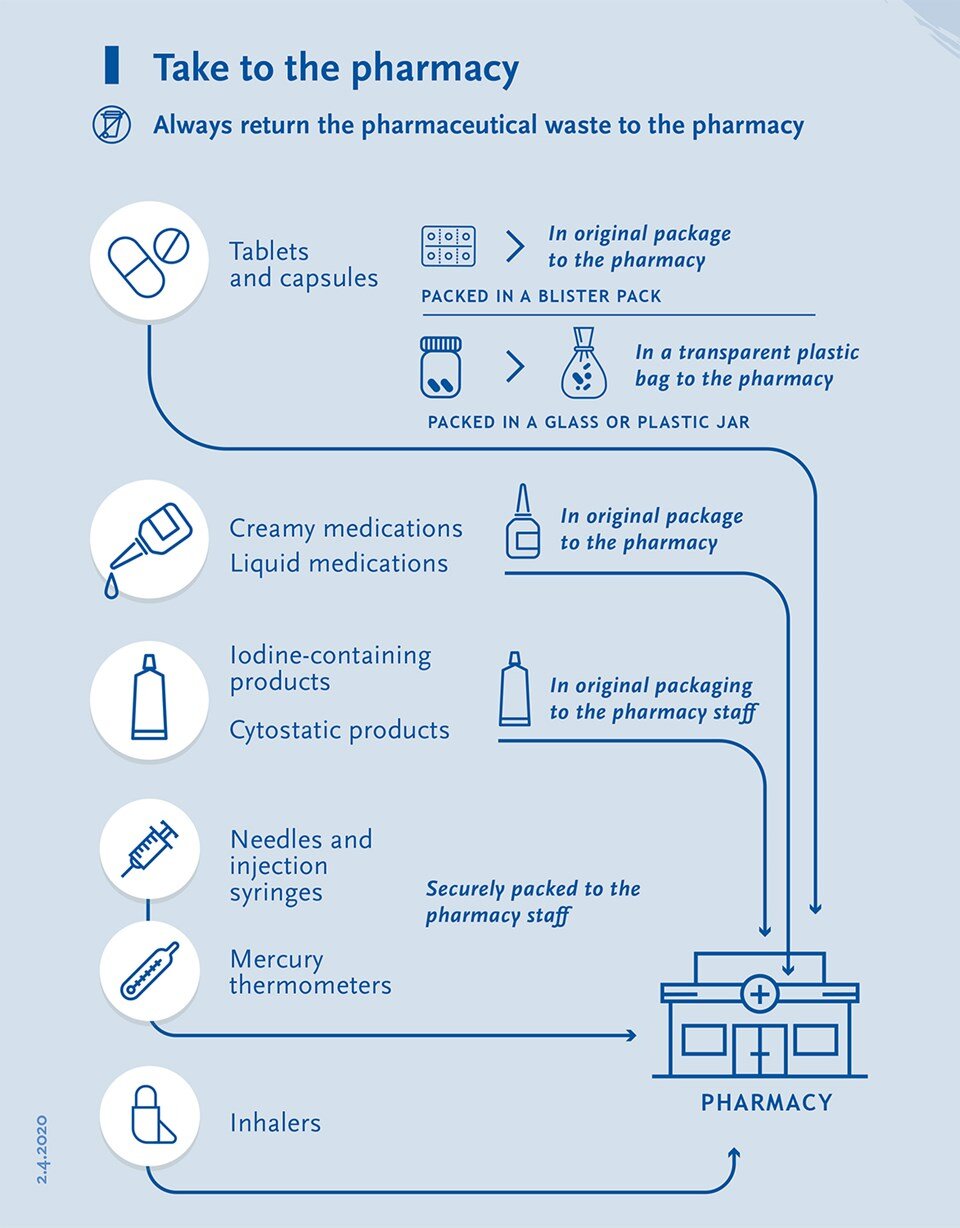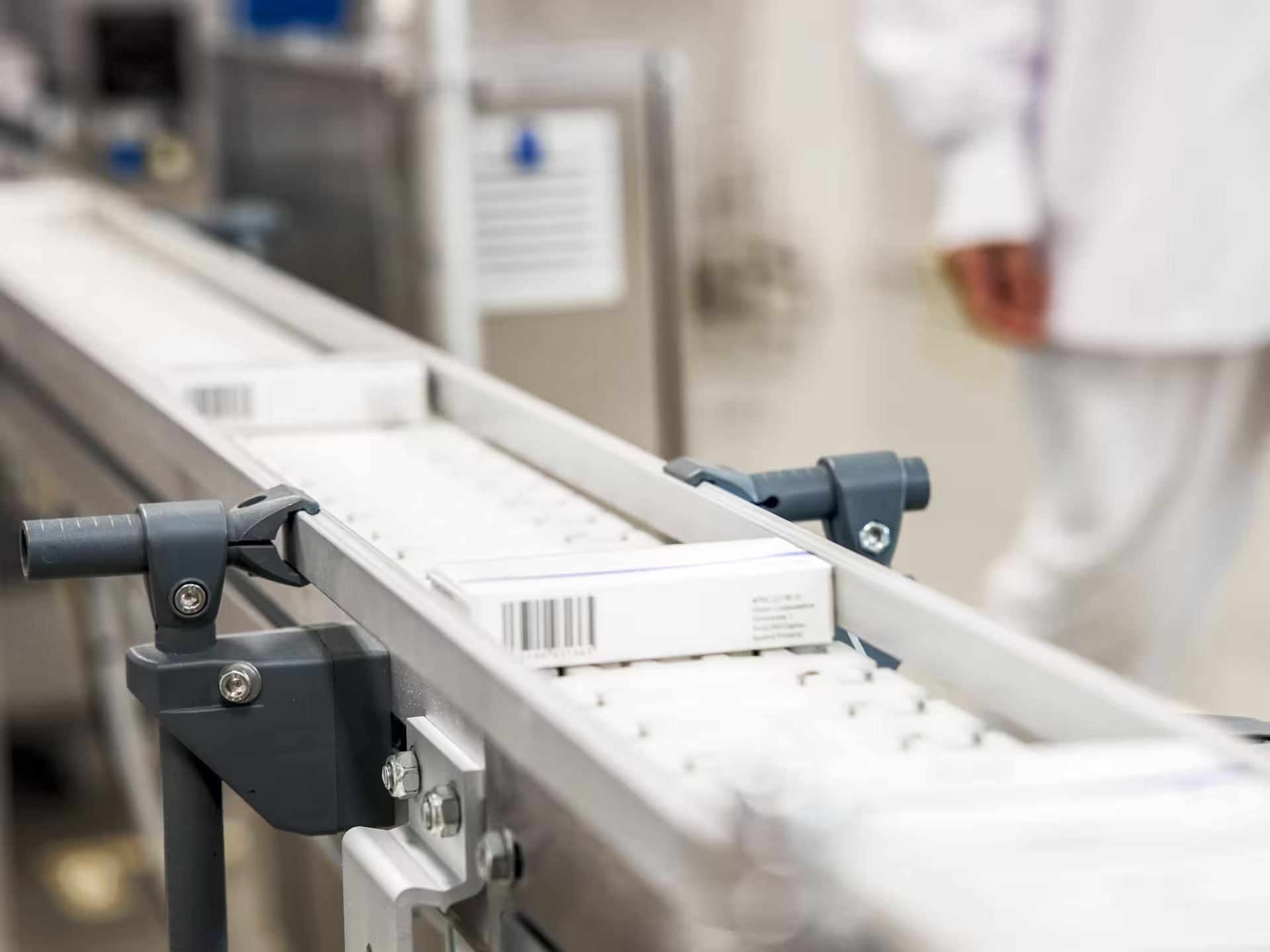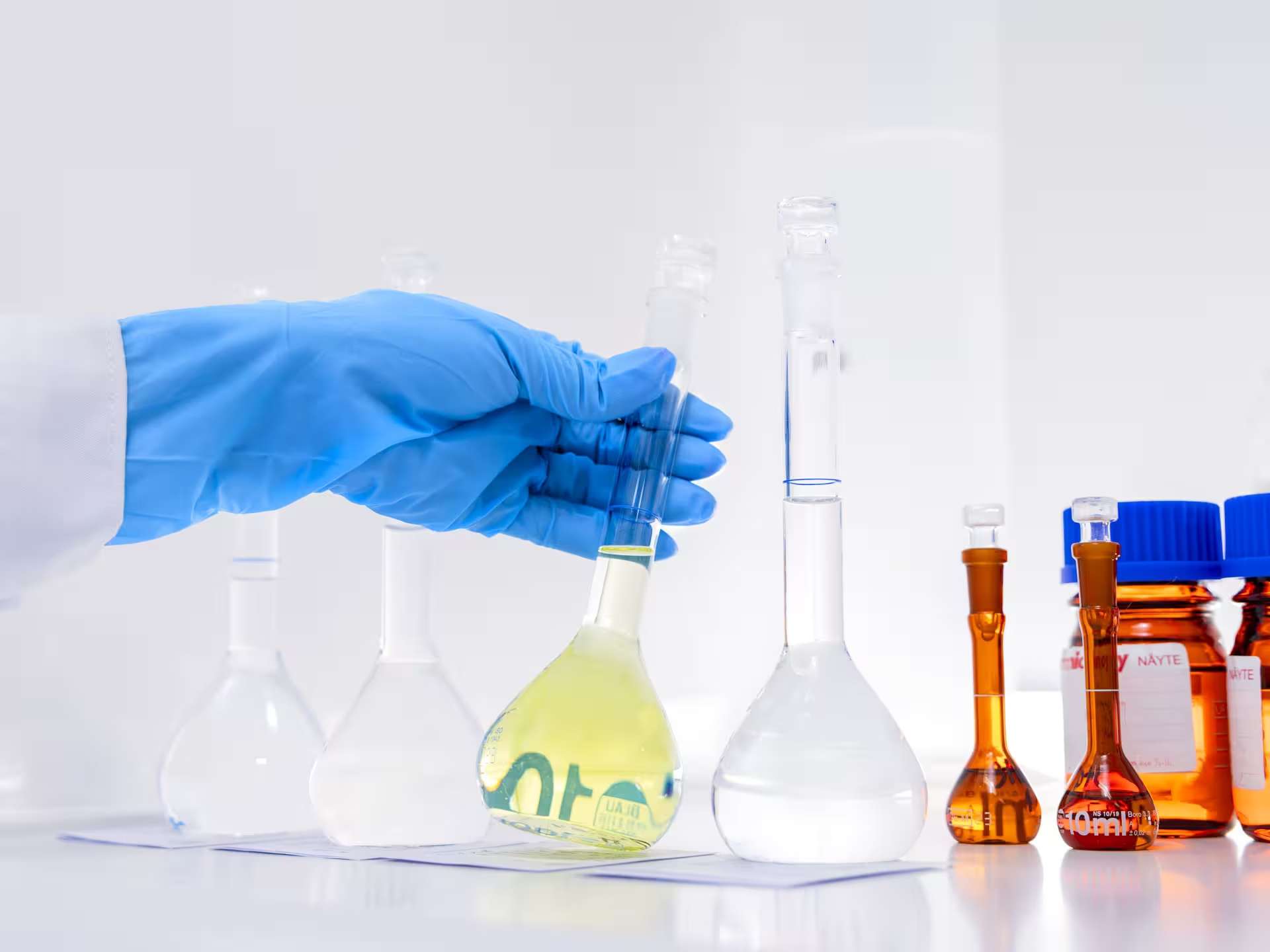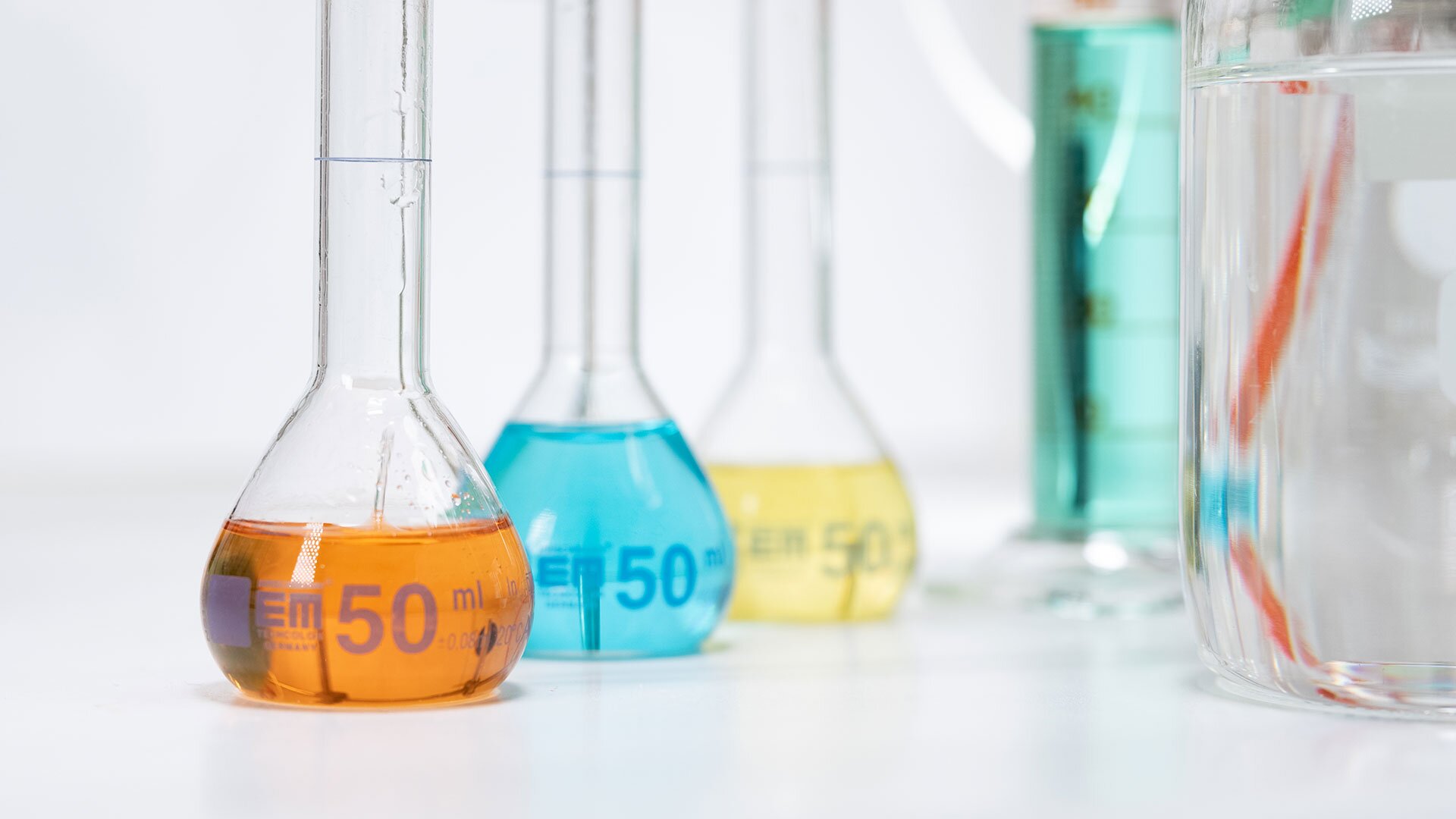If it ends up in the wrong place, hazardous waste may cause harm to health or the environment.
Do not dispose of pharmaceutical waste with mixed household waste or through the sewage system. The correct and safe way to dispose of pharmaceutical waste is returning it to a pharmacy. Pharmacies accept household pharmaceutical waste without charge. Pharmacies deliver it to a hazardous waste treatment facility, where used for energy recovery.
Medication disposal schemes in order to prevent pharmaceuticals from ending up in the environment may vary from country to country. For additional and local information, turn to your pharmacy.
To return pharmaceuticals for disposal:
- Check the contents of your medicine cabinet regularly and remove expired medication or medication you know will not be used
- For privacy, remove any labels containing patient data (such as patient information stickers) from prescription drugs


Please note!
An used Easyhaler device, inhalator, still contains a small amount of the drug, so it should be returned to a pharmacy. The laminate pouch that protected the Easyhaler device belongs in energy or mixed waste. The protective cover that can be used with several products belongs in energy or mixed waste.
Vitamins, nutritional dietary supplements, emollient creams and cosmetic products are not hazardous waste. They should not be returned to a pharmacy. Empty plastic packaging is preferably sorted into plastic recycling, caps and containers separated, or if that is not available, treated as energy or mixed waste. If the cap contains metal, it belongs in metal recycling.







